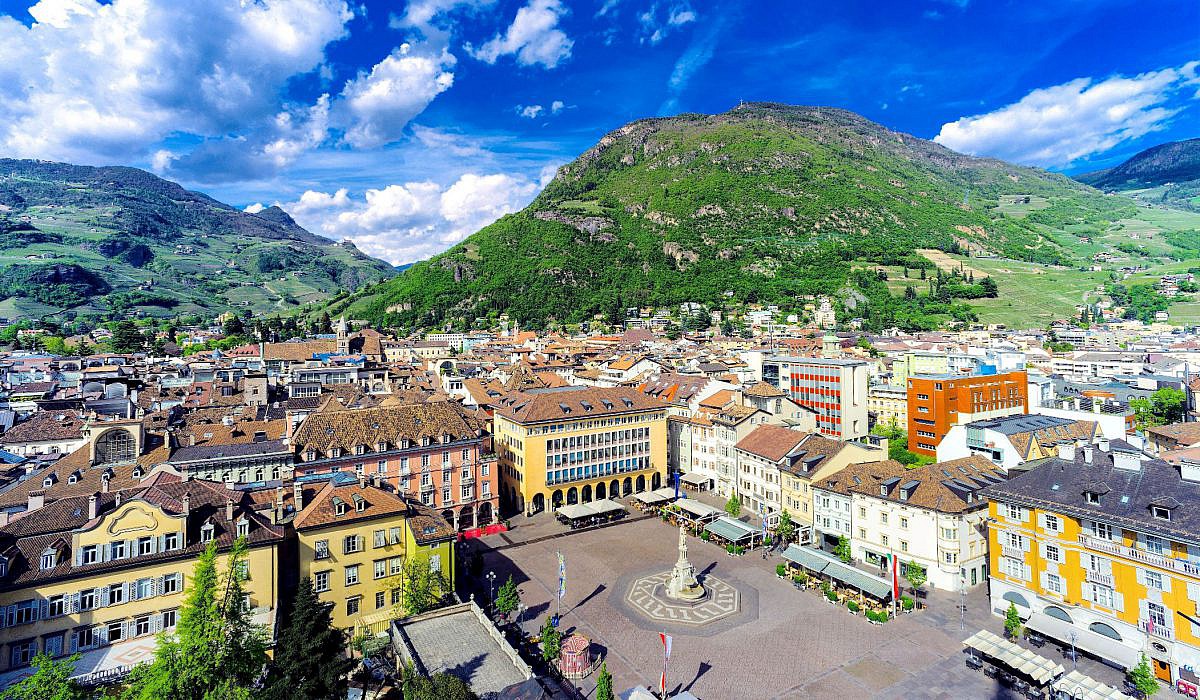RegioDT - Workshop 1
Bolzano
RegioDT – Workshop 1 – 29/03/2023 Bolzano Italy
We would like to invite you to our first Regional Digital Twin workshop, dedicated to the alpine region of Italy, Switzerland, Germany, Slowenia and Austria. The Workshop is held as part of the "FPCUP Activity „REGIONAL DATA CUBES IN AUSTRIA AND BEYOND (RegioDT)”, funded by the EU and the Austrian Research Promotion Agency (FFG).
This workshop will focus on exploring the use of Copernicus data in a regional context and the implied requirements for a digital twin of Austria and its neighboring countries in the alpine region, including Italy, Switzerland, Germany, and Slovenia. The RegioDT project aims to study and pre-analyse the requirements for a digital twin of Austria and its neighboring countries.
This digital twin should offer general available (i.e. Copernicus) but also region-specific and cross-boarder datasets in a regional “data lake” to support regional and cross-boarder applications. RegioDT should deliver an essential step to identify the requirements for a regional digital twin.
The focus of RegioDT is Austria and its neighboring countries, specifically the analysis and identification of regional stakeholders and their requirements to the development of digital twins. Furthermore, the project will elaborate on different Data- and Processing requirements for a regional digital twins.
In this workshop we plan to present current regional digital twin initiatives, work with you towards identifying cross-boarder measures, requirements and challenges and enable networking for joint future initiatives.
The workshop will be held in a hybrid setting in Bolzano, Italy on the 29th of March 2023 (see details below the image). Following the event, a networking dinner will take place for in-person participants.
